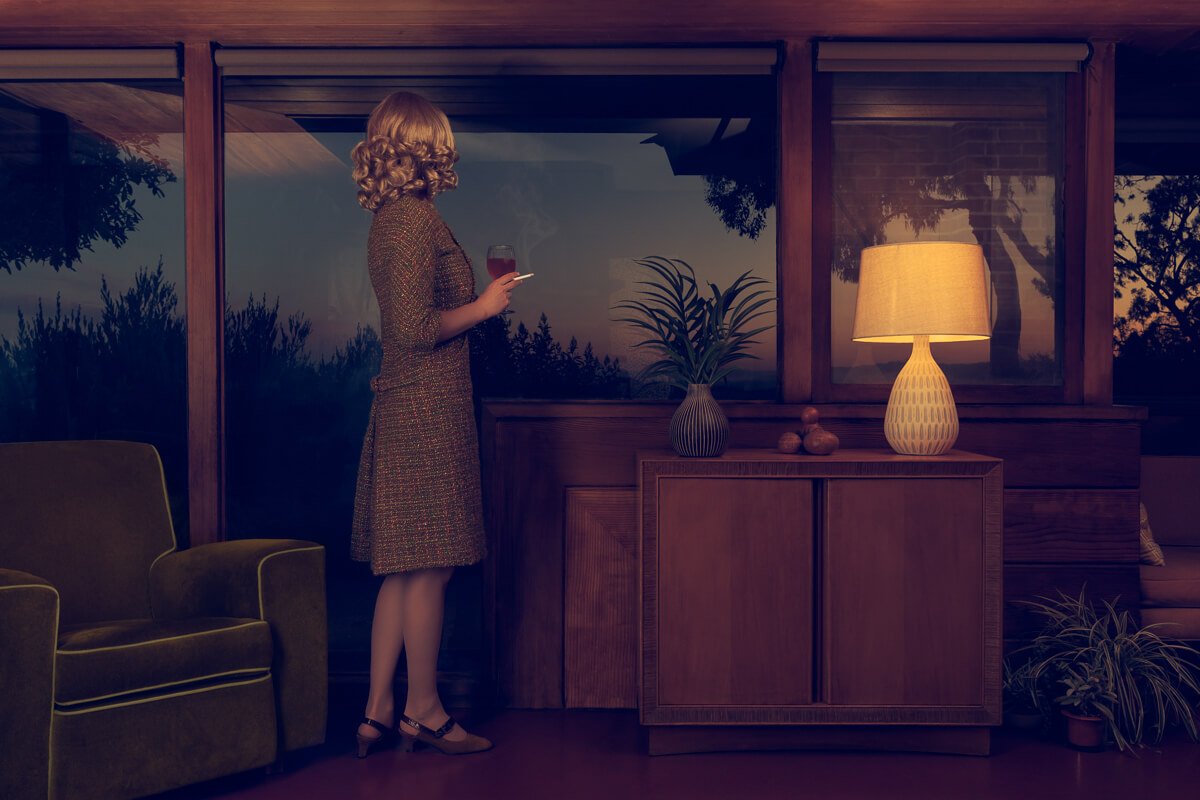INTERVIEW
Challenging Inequality through Art
WITH CHLOE MEYNIER
An interview with Chloe Meynier
“Using myself to portray different characters is a very cathartic process and is also a natural continuation of my childhood; I would often imagine being different women, free of any gender norms.”
Chloe Meynier won our Home Sweet Home competition with a beautifully staged and thought-provoking image that judge Marion Tandé selected for the way it “speaks enigmatically of the female condition in a sheltered, but ultimately stifling environment”. It transpires that the image is from Chloe’s fourth series in a growing body of work that explores issues of violence against women, gender and identity through meticulously executed conceptual portraiture.
Keen to know more, we put some questions to Chloe, asking about the series and its origins, her working approach, and her varied career as a sports scientist, phycologist, and now photographer…
Hi Chloe. Firstly, congratulations on winning our Home Sweet Home competition. What did you make of the jury’s comments?
Thank you! I was so happy with the news, and I still am. It is always a particular moment when I discover that my work is in the top tier of a competition, let alone when it wins. It was so incredible and the comment from Marion Tandé really resonated with me as her words speak accurately of the societal norms I am illustrating in my work. It was such an honor to receive her feedback.
Your winning image is beautifully understated, and with a dark color palette and enigmatic subject it slowly reveals itself to the viewer. Can you tell us a little bit about the image and the series it comes from?
Beyond Contemplation, the title of the image, is part of the series Made in the Shade that depicts characters in Mid Century Modern settings, mirroring an era that was aspiring for change. But despite this societal urge to create a new modern lifestyle, women rapidly lost their independence gained during the war period and returned to domesticated environments to fulfill decades of gender role traditions. The scenes are carefully staged and challenge female stereotypes. I want to offer the viewer a chance to contemplate these women in a non-objectified way in dark and moody environments that suggest that they are left alone and waiting for something. The absence of context gives this woman and the others in the series, the power to be architects, scientists, musicians, engineers, doctors, etc. roles often identified as being fulfilled by men. Through a mise-en-scene self-portraiture approach, my work questions how society shapes human beliefs and ideologies, and overall, reinforces the importance to continue the action for gender equality.
And what was your rationale for broaching issues of today – of the male gaze, gender equality and the #metoo movement – with a historical aesthetic?
Since I started photography, these issues were always prevalent in my work that is very much informed by my personal background. I have experienced sexual abuse from a very early age, and for years, so the idea that women are less valuable than men has been anchored in my mind since then. Growing up experiencing gender inequalities made me who I am today as a person but also as a photographer. Using myself to portray different characters is a very cathartic process and is also a natural continuation of my childhood; I would often imagine being different women, free of any gender norms. These women only existed in my mind, I am now giving them a voice. I think it is important to continue to verbally and visually expose what a lot of women went through and are still going through. Their lives have been impacted and sometimes shattered by predatory behaviors that are encouraged by gender role traditions. The historical aesthetic illustrates the deep roots of gender equality issues.
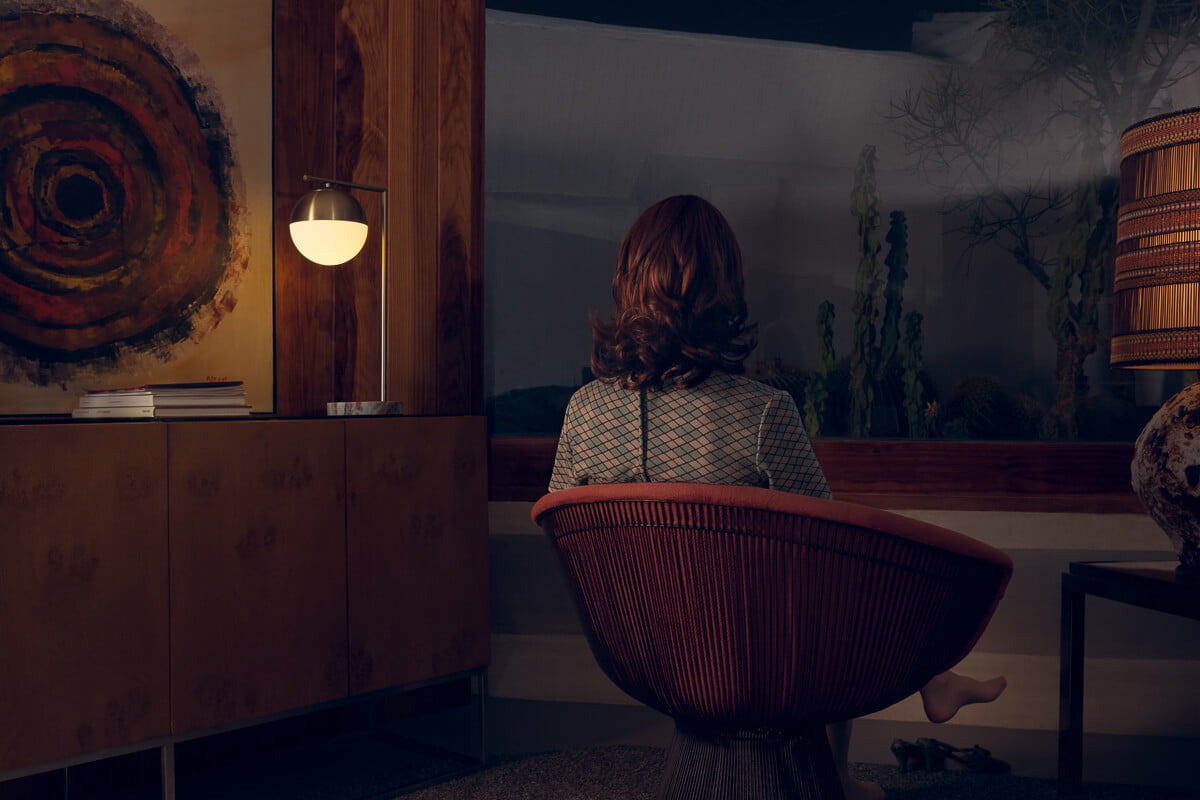
BEYOND CONTEMPLATION FROM THE SERIES MADE IN THE SHADE – CHLOE’S WINNING IMAGE
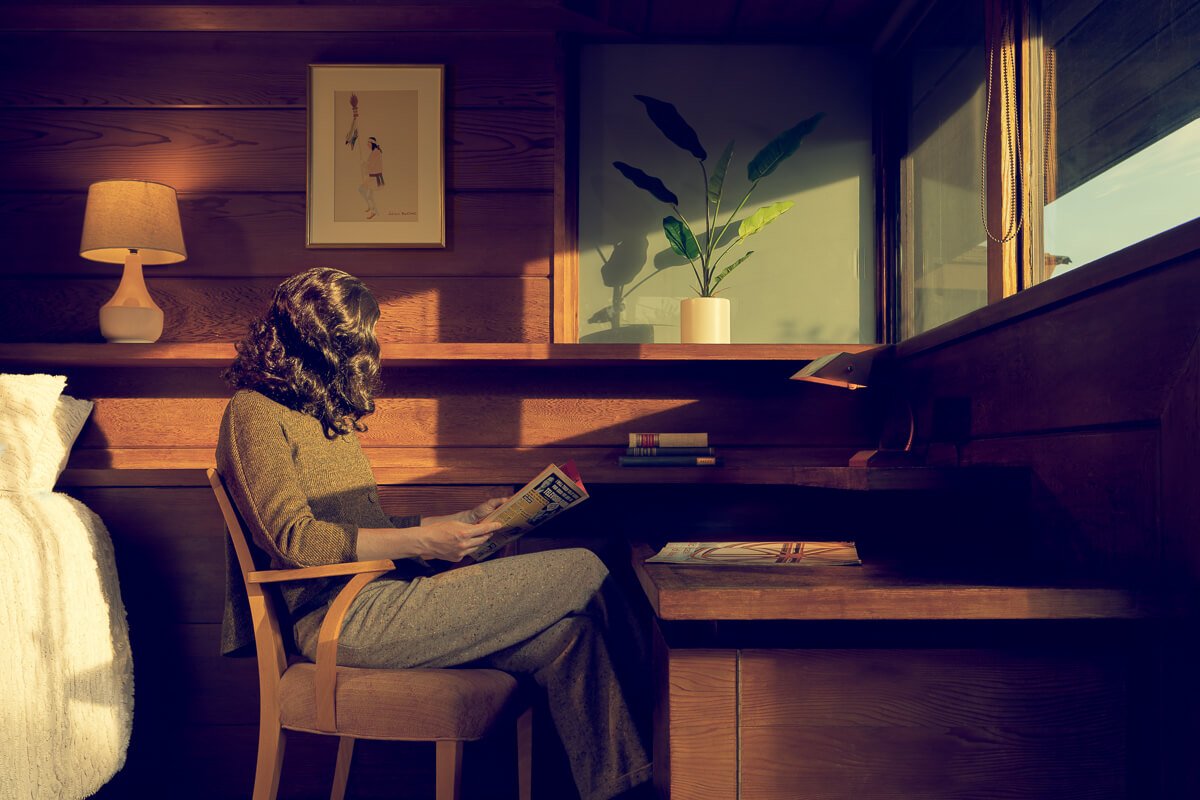
FROM THE SERIES MADE IN THE SHADE
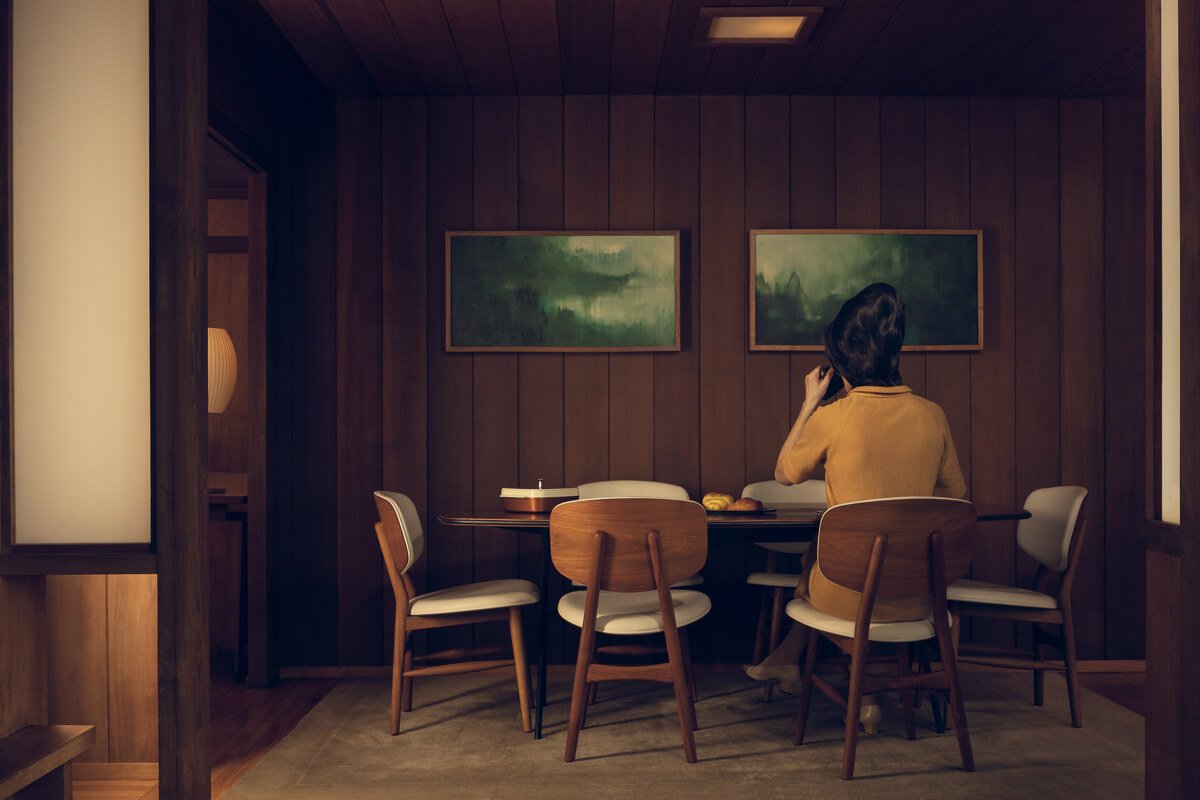
QUIET BREAKFAST FROM THE SERIES MADE IN THE SHADE
And tell us a little bit about your process. How do you build an image, and is everything pre-envisaged and pre-planned as the cinematic quality and attention to detail of your work might suggest?
I spend a lot of time researching locations through magazines, books, websites and social media. I am looking for places that exhibit strong historical aesthetics and designs but that are also charged of emotions through the materials. I know a location is meaningful when I have a strong response to the space in terms of narrative. All the details are thought of in advance; the story, the composition, the color of the outfit, the hair, the shoes, the placement of the character, the props, etc. I know exactly what I want the image to look like before even shooting. Of course, sometimes things are not going as planned and it requires me to quickly adapt. But I always come very prepared so that I can concentrate on making my vision come true. Contrary to the traditional “capturing the moment” approach in photography, I use my camera to create fictional stories that are inspired by my personal experience and interpretation of the space. My ultimate goal is to create images that will trigger questions rather than give answers.
Made in the Shade isn’t the first of your series that explores domesticity and gender roles. There are parallels to your earlier series Abandoned Dreams, albeit that has a much more candy-colored aesthetic, and your series Gendernormality prior to that. Where does your interest in these subjects come from, and is there an evolution in your concepts, especially from Abandoned Dreams to Made in the Shade?
Yes, each project is the continuity of the previous one. Gendernormality is the only series that includes other people than myself. I started this project shortly after moving to the San Francisco Bay Area that is known for its diversity and acceptance. I wanted to explore the vast gender identity spectrum which is often reduced to a male-female binary. Abandoned Dreams was my first attempt to explore the notion of domesticity through a staged self-portraiture mise-en-scene approach. Wait Until Dark is the continuity of this project and explores women’s roles, vulnerability and identity through a play of colors and unexpected angles. I was more deliberate in my creative choices and the environments became important. Even if these projects share a lot of commonalities, in Made in the Shade, nothing is left undecided, everything is shot in camera and the environments are an integral part of the narrative. They serve as an historical reference that emphasizes the notion of domesticity. By choosing to place the characters in Mid Century Modern settings, the viewer is left thinking about the lives of women they know, such as their mothers and grandmothers who probably experienced domesticity and gender role discriminations more strongly than women do now. How these notions have been passed down from previous generations is for the viewer to reflect upon. Instead of obviously pointing at these issues, I transport the viewer within their own lives and experiences to question in a subtle way what has changed and how far we have come.
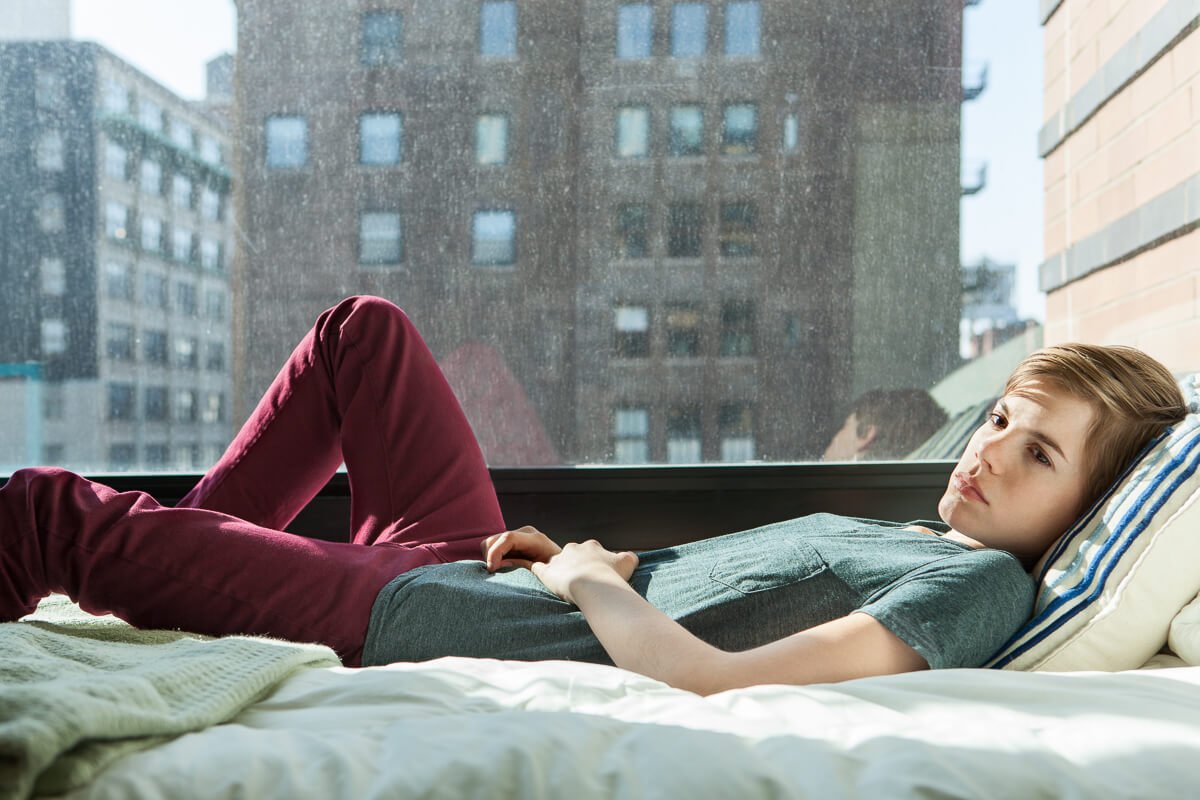
FROM THE SERIES GENDERNORMALITY
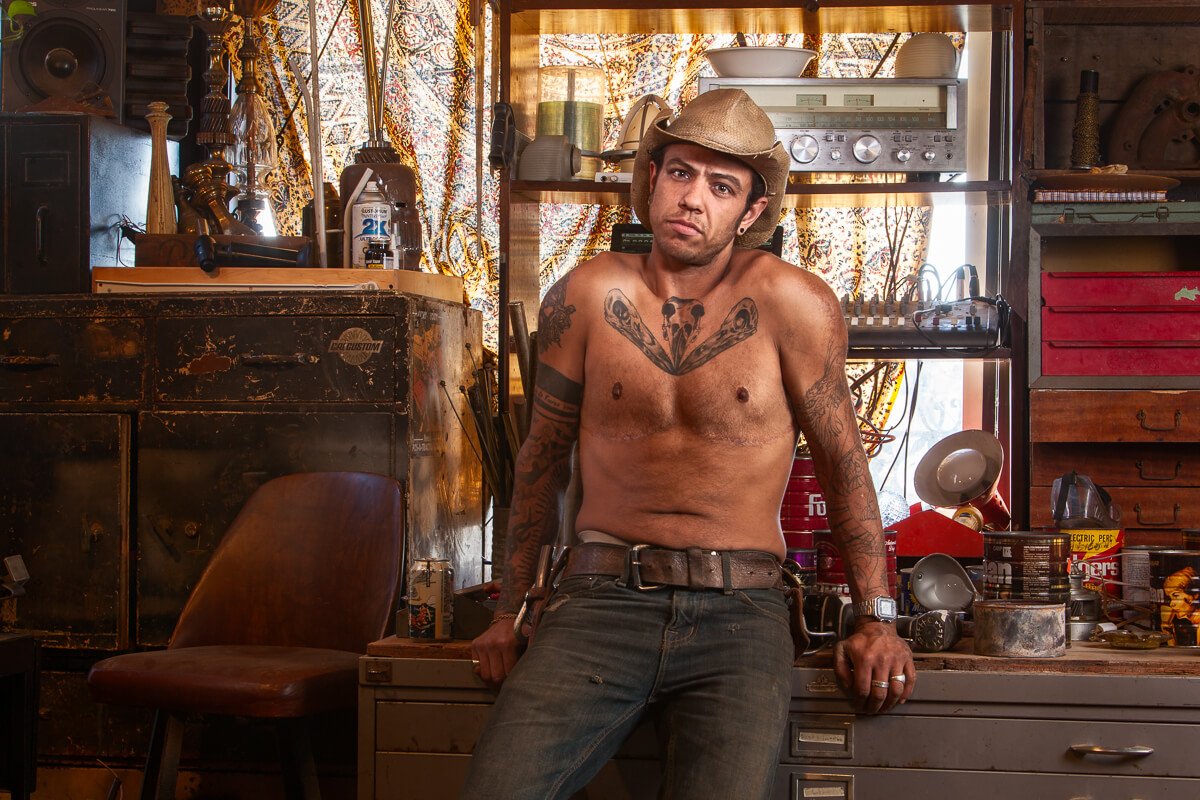
FROM THE SERIES GENDERNORMALITY
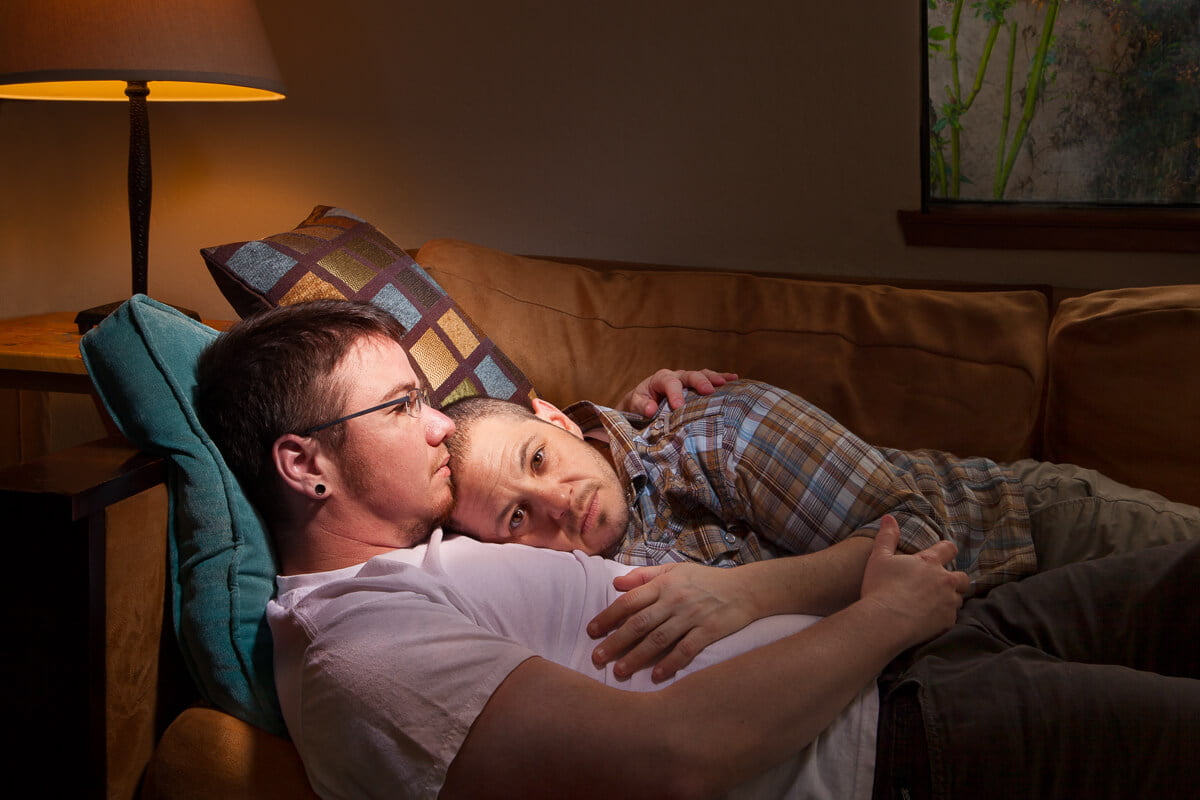
FROM THE SERIES GENDERNORMALITY
I also note a strong American dream aesthetic to your work – motels, palm trees, drive thrus and neon lights. As a French woman, what is it about this visual language that you’re drawn to?
I watched some movies growing up like Bagdad Cafe, Thelma and Louise or Dances with Wolves for example that imprinted my mind forever; the landscapes were vast and exuded a feeling of freedom that seemed to offer endless possibilities. Somehow it psychologically moved me. At the time I was not able to explain that feeling as I was too young to understand the impact of the visual images. But as I grew older, I came to understand that I was in need of processing my early childhood trauma and that being isolated in vastness was providing an outlet to my discomfort in society. Motels, palm trees, drive thrus, classic cars and neon lights are visual treats that nourish and cultivate my imagination to become somebody else for a short period of time; somebody who is free of any societal pressure and who can escape the real world. My soul feels alive and my body is fulfilled with an unexplainable high. All my traumas are lifted and easier to deal with.
You’ve had a wonderfully varied career… Sports science, cognitive psychology, and now photography. Is there a thread that runs through that, and aspect of your scientific practice that influence your photography? Or is photography very much a new chapter in your career?
My life is very much like my photographic work. I would like to be many personas and if I could, I would continue different adventures such as becoming a medical doctor, an aircraft pilot, an astronaut, an architect, etc. but, I have to stop somewhere. Photography lets me imagine these lives for a short period of time and it fulfills me as opposed to being a scientist, where you have to be realistic and things are rigid. I learned to be very meticulous in science and this process has carried in my photographic work. I approach everything with care like I get only one chance to make it right. My background is an integral part of who I am as a photographer and photography is just a natural evolution of what I did in the past. It is a medium that gives a voice to my feelings and ideas. I use it to create something as opposed to record something and that process is cathartic.
Tell us a bit about one or two of the favorite images you’ve taken…
Beyond Contemplation is the first image I created for this series and is the one that represents everything that I am looking for in a photograph. The color palette evokes a mysterious narrative, the lighting is intimate yet not voyeuristic, and the location creates a historical context for the viewer to interpret the image. Ironically, this photo was sort of an accident. I had planned on photographing during the day to get more golden colors even though I knew I wanted something different than what I had done in past projects. As it was getting darker, my lighting settings had to be changed constantly and as I was adjusting my strobes, this moody image was captured. I knew right away that the tones, colors and lighting were what I was looking for; they became the visual translation of the unclear ideas I had in my mind. At the time, I felt like it was my most refined and successful image. I had this feeling that I could not do better, that it was it! To this day, it is still my favorite image of this series along with Quiet Breakfast. I find this second image successful because of its resemblance to a painting and its evocative narrative; it is soft, ambiguous, sad and powerful at the same time. The viewer is left with feeling comfortable or on the contrary, uncomfortable. These two images won many awards over the past three years and their success encouraged me to continue to push myself.

FROM THE SERIES WAIT UNTIL DARK
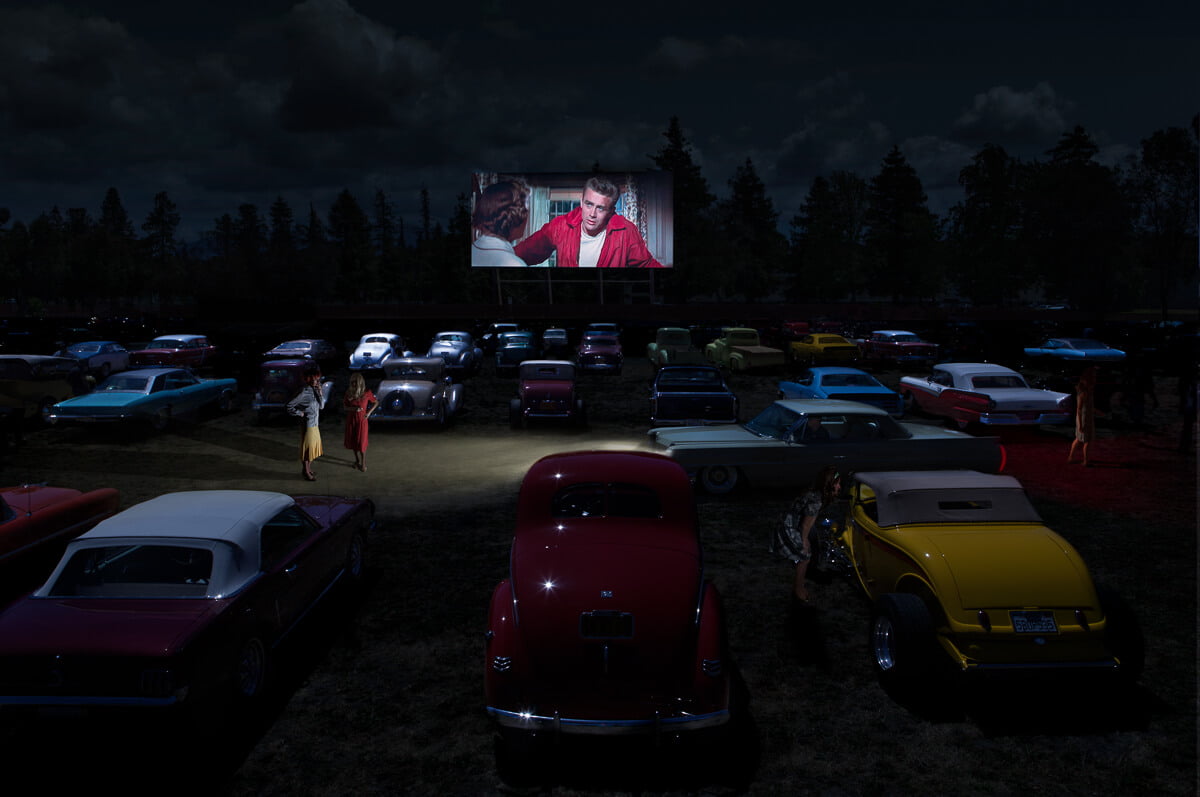
FROM THE SERIES WAIT UNTIL DARK
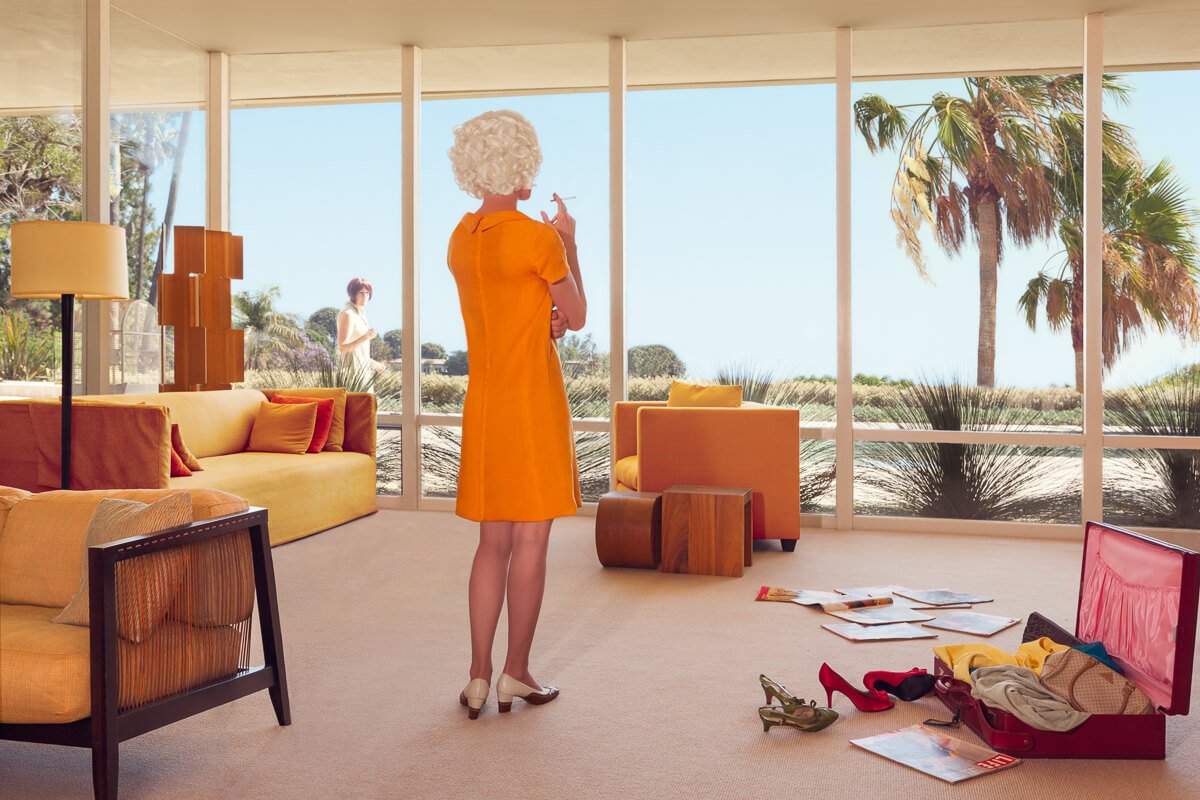
FROM THE SERIES WAIT UNTIL DARK
What’s the best piece of advice you’ve been given, or would want to share with your younger self?
I am very much into not following advice! My motto is “do it your way and see if it works” which can irritate some people who knew better and gave me some advice. But my scientific career taught me that until you fail, everything is possible. But most importantly, I realize now that I have come a long way in terms of overcoming challenges. The most recent one was the passing of my mom due to cancer. It broke me but I am still here. The grieving process is teaching me valuable lessons and the one that stays with me every day is that I will survive and that good things will continue coming my way. I am now convinced that I have the strength to overcome difficult times and that these moments are making me even stronger. Until 10 or 11 years ago, I had no faith in my ability to surmount the damage cause by years of sexual abuse. I think it’s a natural process to grow wiser but I like the idea to let life lead my path and the learning process along the way. Most people want to achieve goals by a certain age, whether it is buying a house, having a family, getting a steady job, etc. I like the uncertainty of things and the idea that we should not take anything for granted. That makes life more valuable and precious.
And finally, what’s keeping you busy right now?
With the series coming to an end, I am in the process of creating a portfolio to present to galleries and portfolio reviews. I think the work is ready to be exhibited. I am currently collaborating with Scott Mullenberg at Mullenberg Designs to create a clamshell box that will house the fine art prints in a beautiful way. In addition to that, I am researching potential galleries and ways to show my work. But I am also working on a future project that will start soon. Following my mom’s death, I realized that there are a lot of societal norms around loss and expectations that affect the grieving process. I am still in the process of refining my current vision in order for the color palette, the mood, the lighting, the locations, etc. to visually support my ideas and the notions of loss. Something exciting to look forward to!
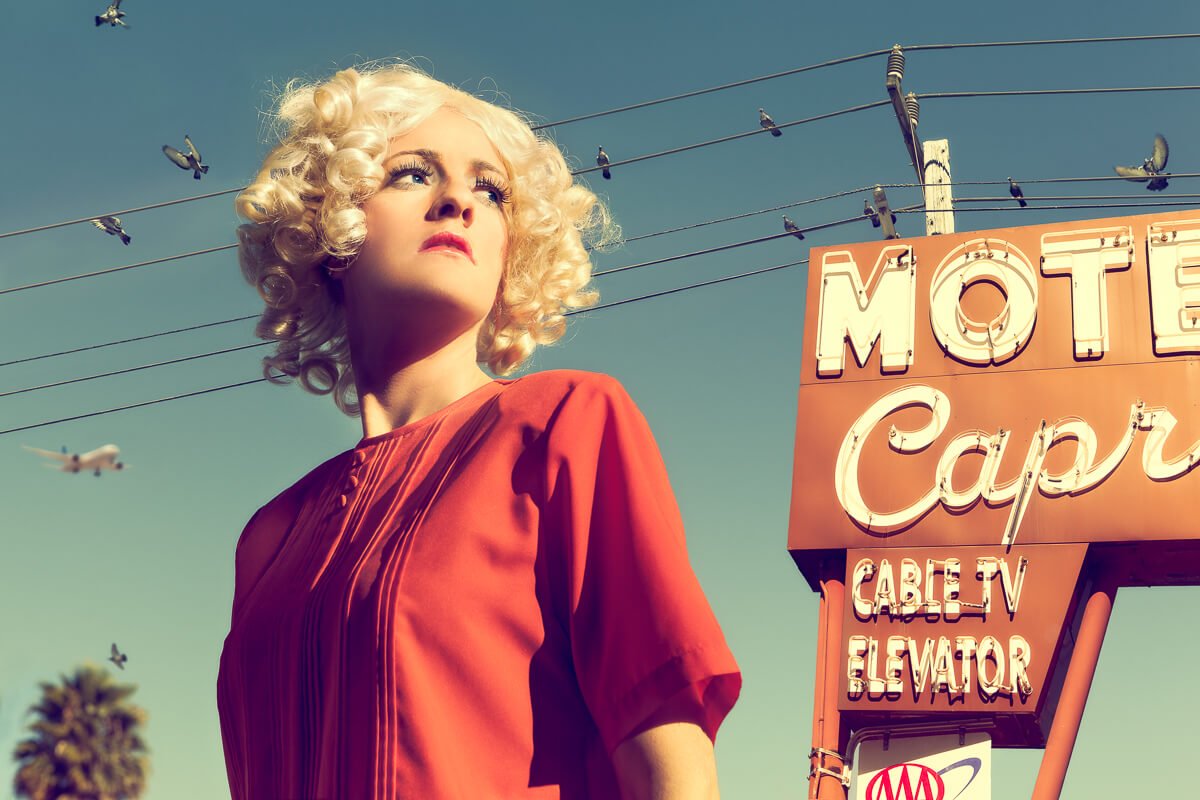
FROM THE SERIES ABANDONED DREAMS
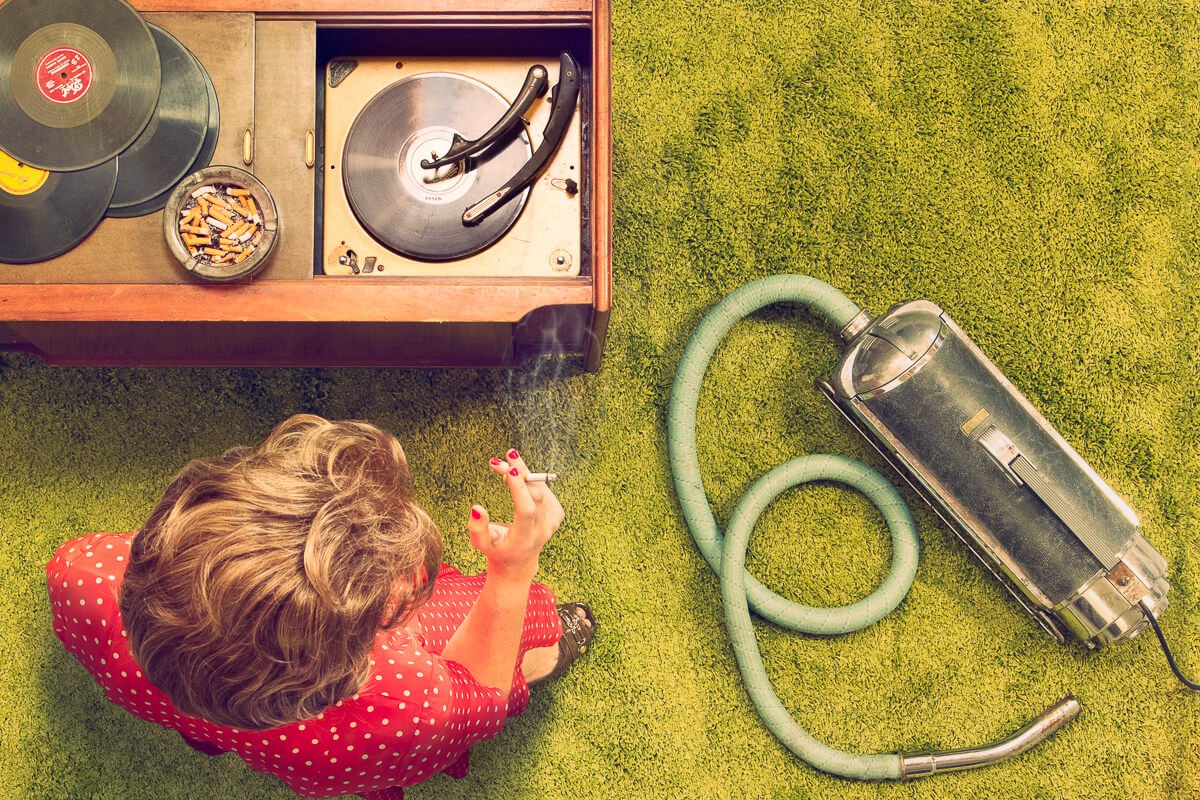
FROM THE SERIES ABANDONED DREAMS
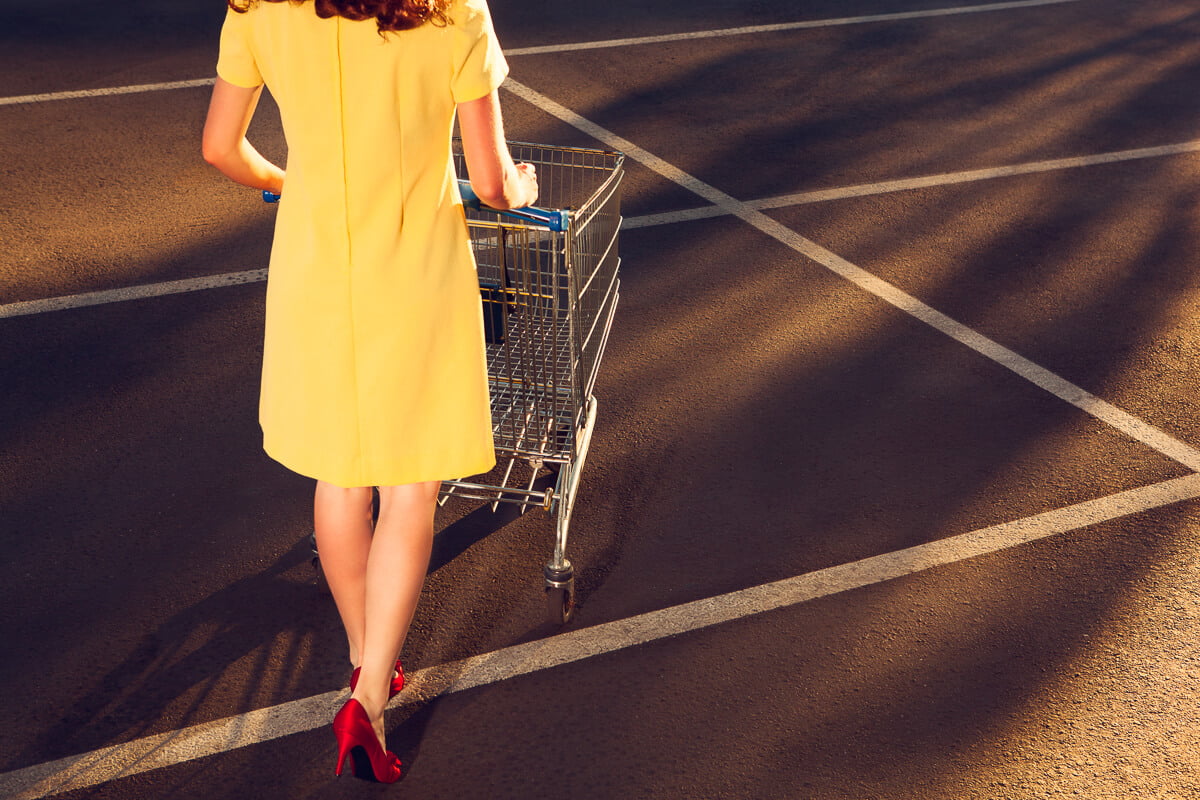
FROM THE SERIES ABANDONED DREAMS
All images © Chloe Meynier
Follow her on Instagram @chloemeynier and see more at www.chloemeynier.com
